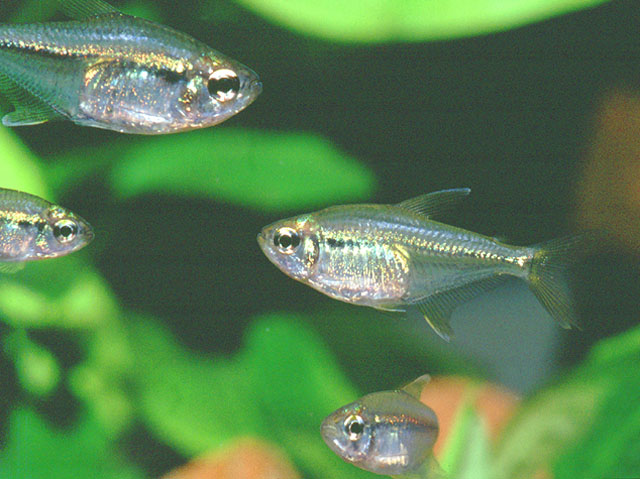| Characidae (Characins; tetras), subfamily: Stethaprioninae |
| 3.21 cm SL (male/unsexed) |
|
pelagic-neritic; freshwater |
| South America: río Madre de Dios and río Mamoré basins, upper río Madeira basin, in southeastern Peru and Bolivia. |
|
|
| Occurs in slow-flowing streams at "aguajales" (wetlands dominated by Mauritia flexuosa palms) which typically possess black water, a large amount of decayed organic matter, and are typically shallow. The type locality was a formerly a gold mining area that is in the process of recovery due to the implantation of a private conservation concession. This species is also recorded from oxbow lakes and, in Bolivia, from lakes and streams at the llanos (seasonally flooded savannahs). It is sympatric, and in some localities syntopic with Hemigrammus lunatus, but the latter species is more commonly found in floodplain lakes from white water rivers, a type of habitat where H. changae is apparently uncommon (Ref. 120197). |
|
Vulnerable (VU); Date assessed: 23 November 2020 (B2ab(iii)) Ref. (130435)
|
| harmless |
Source and more info: www.fishbase.org. For personal, classroom, and other internal use only. Not for publication.

